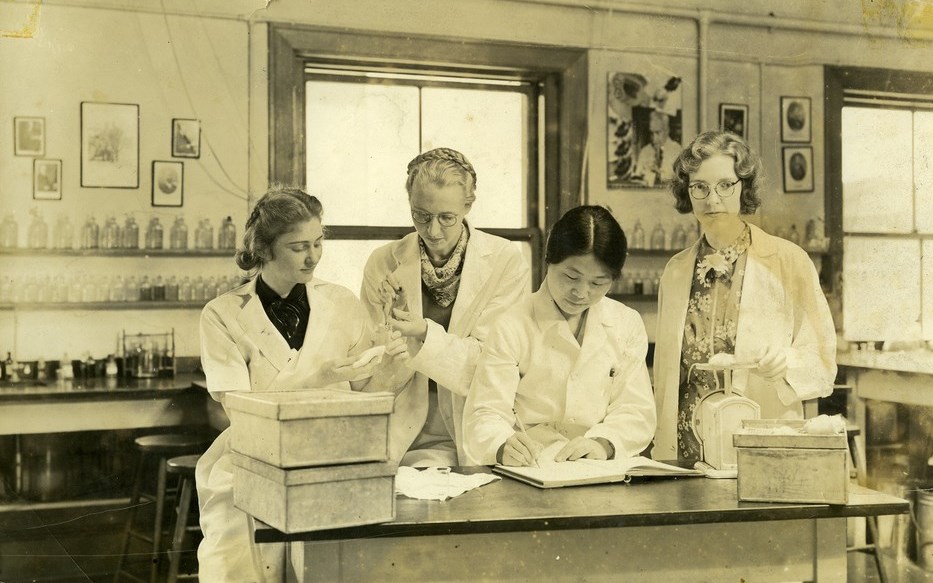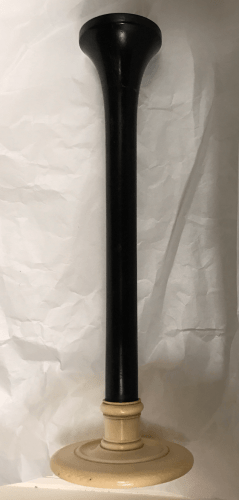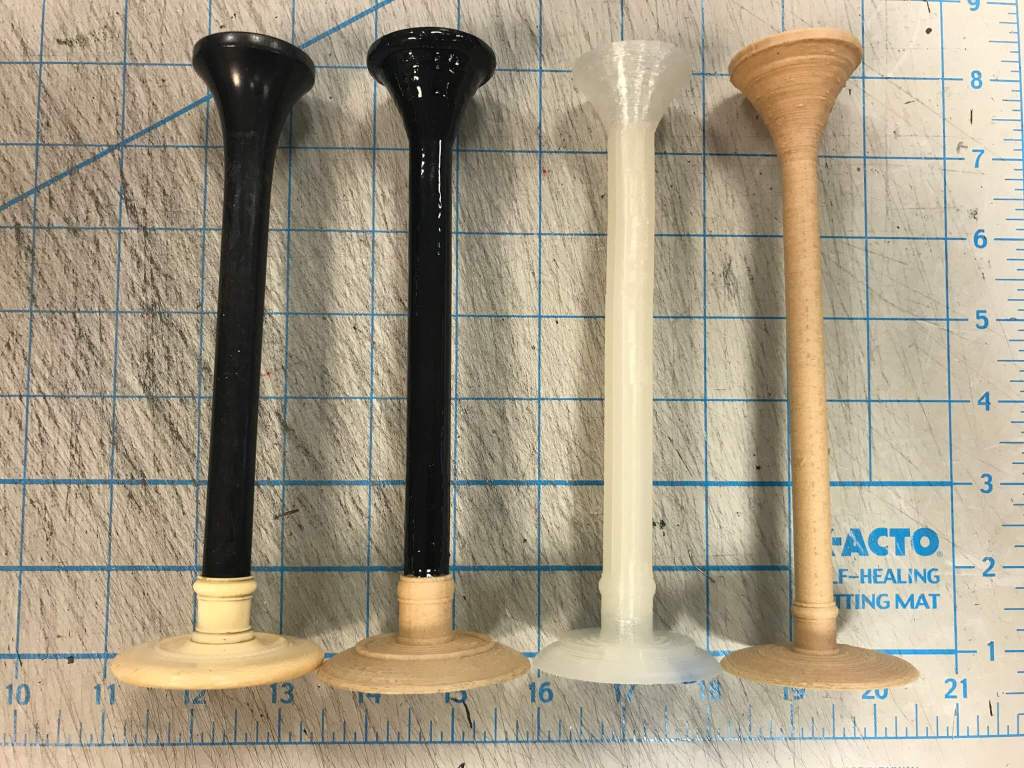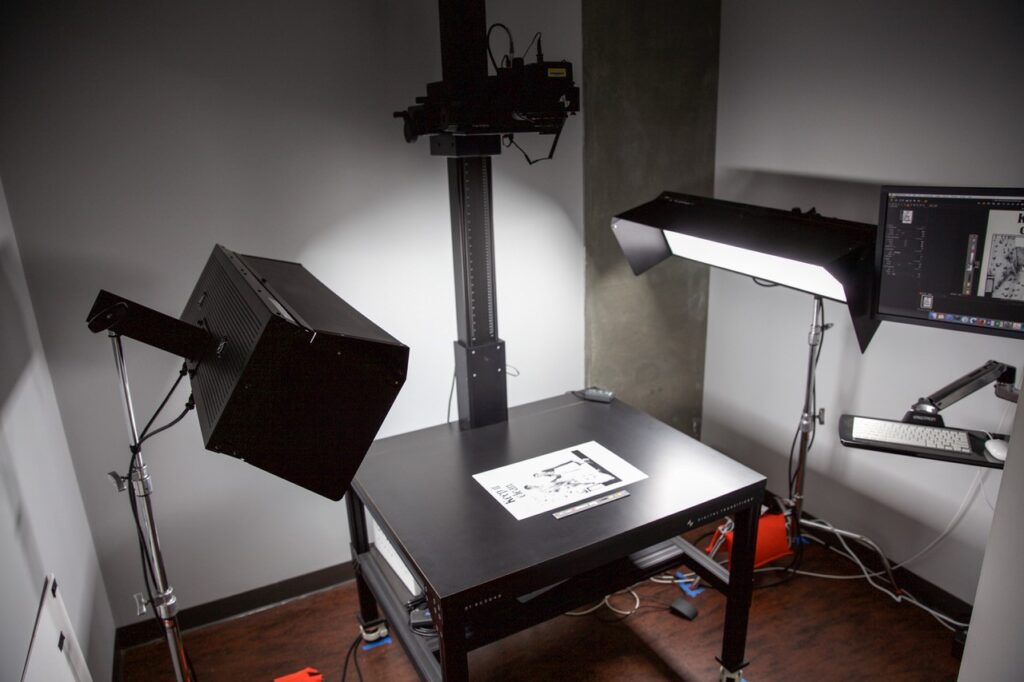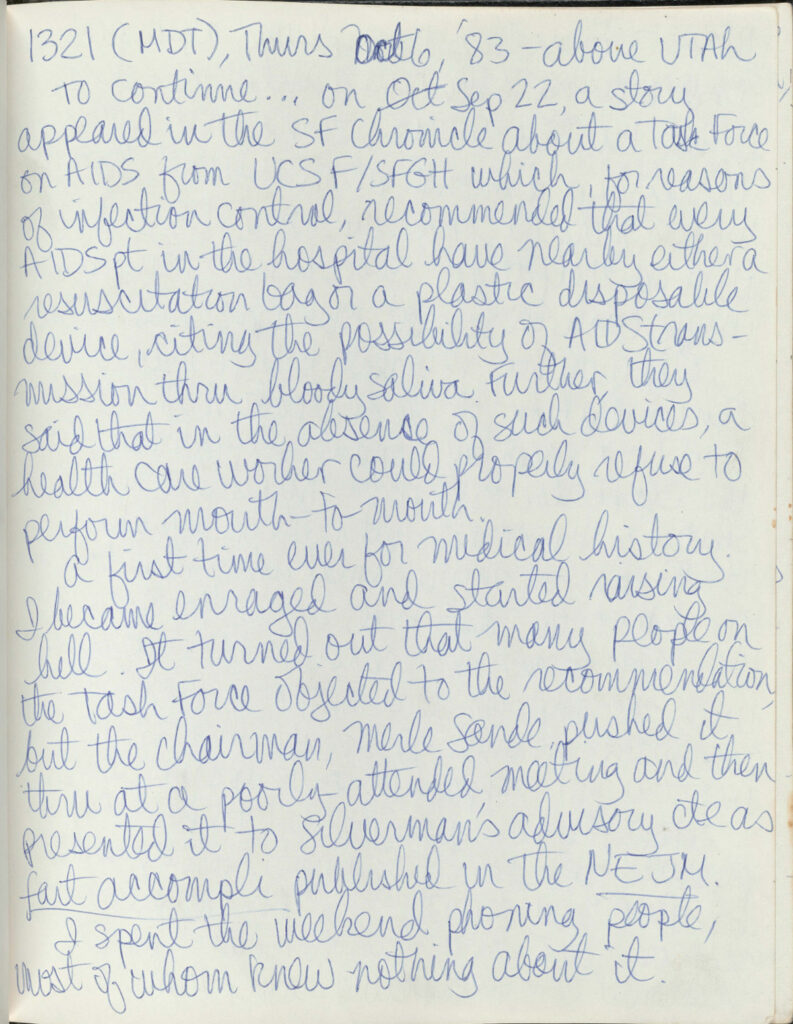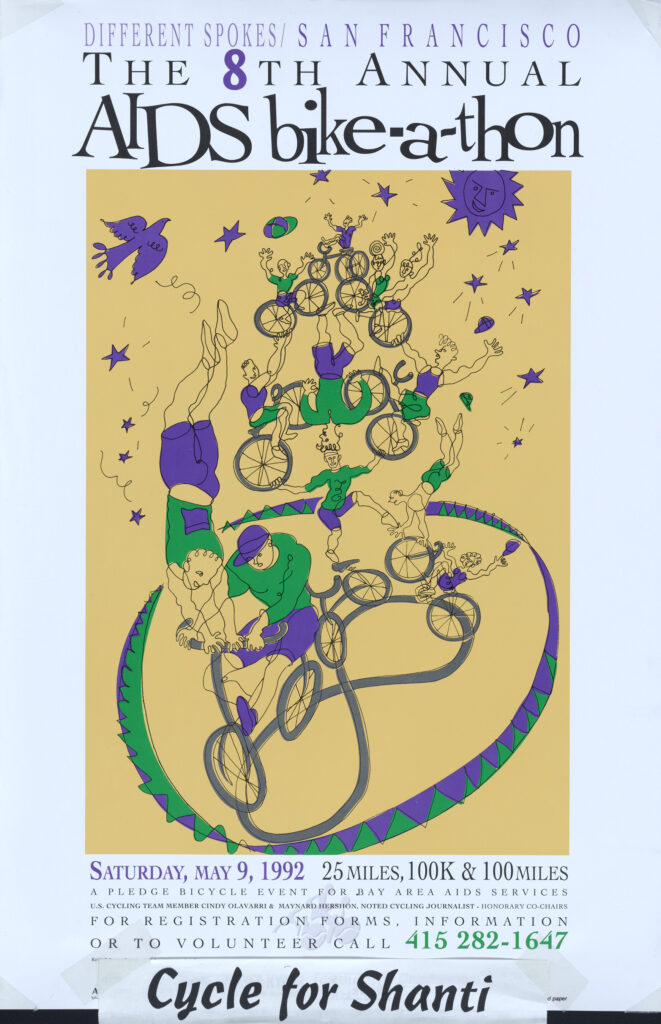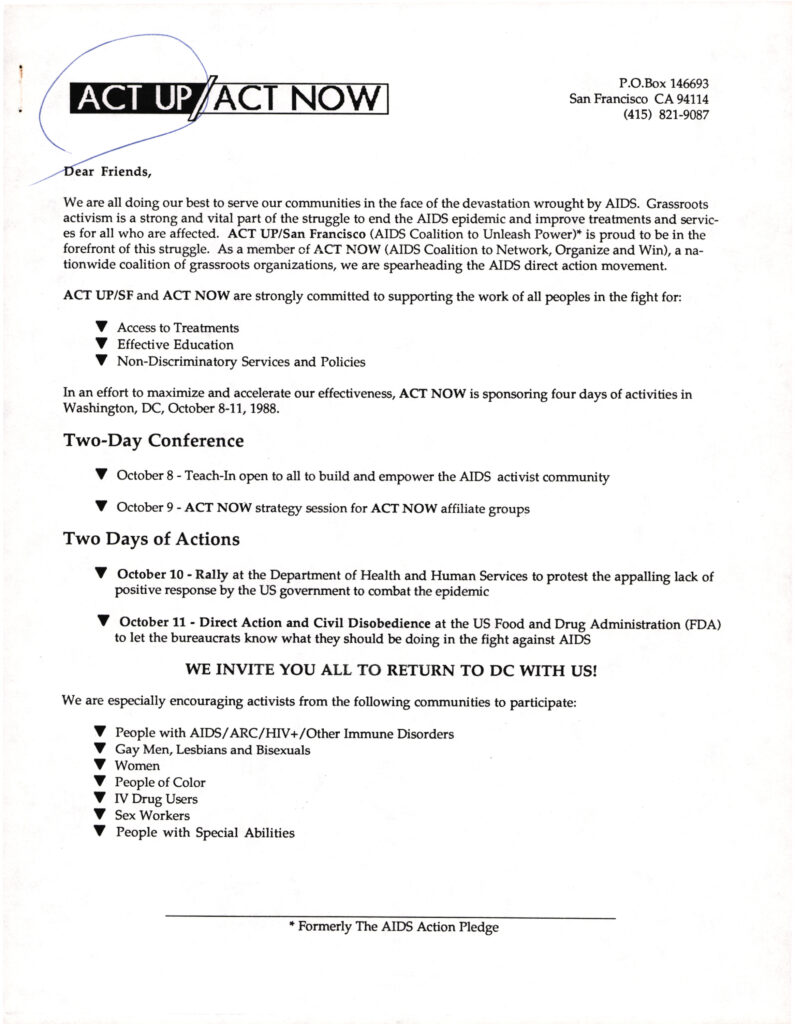We know that, if you’re not an archivist, the intricacies of archival descriptive standards and finding aid creation might quickly make your eyes glaze over. However these descriptive standards are pretty important to our work, and to the usability of the materials we collect, so we want to take a moment to share an archival description project that some archives staff have been working on. It may seem mundane, but we think it’s a pretty big deal.
If you’re a regular archives user you probably know that most of the information about our collections is recorded in a finding aid — a document which provides contextual information about the collection and gives a list of all the things inside. We describe collections this way — in aggregate rather than individually like books or journal articles — because it’s important to maintain the context of an archival collection. A chain of letters or emails, for example, are best understood when they are viewed alongside all the other pieces of the chain. Not only would it be impossibly labor intensive to individually catalog each letter or each email, but it would also end up being an impediment to actually accessing and understanding each individual piece. The meaning of each item in a collection relies completely on its context.
When we are describing collections and making finding aids here in the archives, we often refer back to standardized guidelines which the archival field has produced to define the rules about how to describe something. In our case, this is usually a document called “Describing Archives: A Content Standard”, also known as DACS. DACS does contain some guidance about describing digital archival materials, but for many born-digital materials (laptops, smart phones, magnetic disks, and the files they contain), DACS lacks the information and specificity we need as processing archivists.
To help try to address this problem, Charlie Macquarie (our digital archivist) has been working for the past year with the other digital archivists in the UC System — Annalise Berdini at UC San Diego, Shira Peltzman at UCLA, and Kate Tasker at UC Berkeley — to come up with a set of detailed instructions for describing these materials. This team started by examining existing practices used in finding-aid creation at 35 different archival institutions, and from these examples and from professional experience drafted a detailed set of rules. They solicited and received feedback from archivists and librarians across the UC System in 3 different rounds of review, and received approval to publish and establish these guidelines as a UC-wide standard for describing born-digital archival material.
Now that these guidelines are published, anyone can view them and provide feedback. The most up-to date version of the guidelines is available on GitHub as a repository, and a static version of the guidelines (if you don’t want to navigate a GitHub page) can be viewed as a pdf file inside that repository. As computing, processing, and describing practices evolve these rules will necessarily have to change accordingly, so the document should be considered a living one. If you’re interested in the ins and outs of archival description, please feel free to provide feedback (or submit a pull request) if it strikes you!
Now that this UC-wide guideline exists to help inform our own institutional practice here at UCSF, we hope to be able to start adding information about born-digital collections to our finding aids more frequently. Keep an eye out for new description of digital archival materials coming down the pike!
Finally a special thanks is in order to David Uhlich, Kelsi Evans, David Krah, and Polina Ilieva who all reviewed and provided important feedback to the guidelines in the initial review phases.
